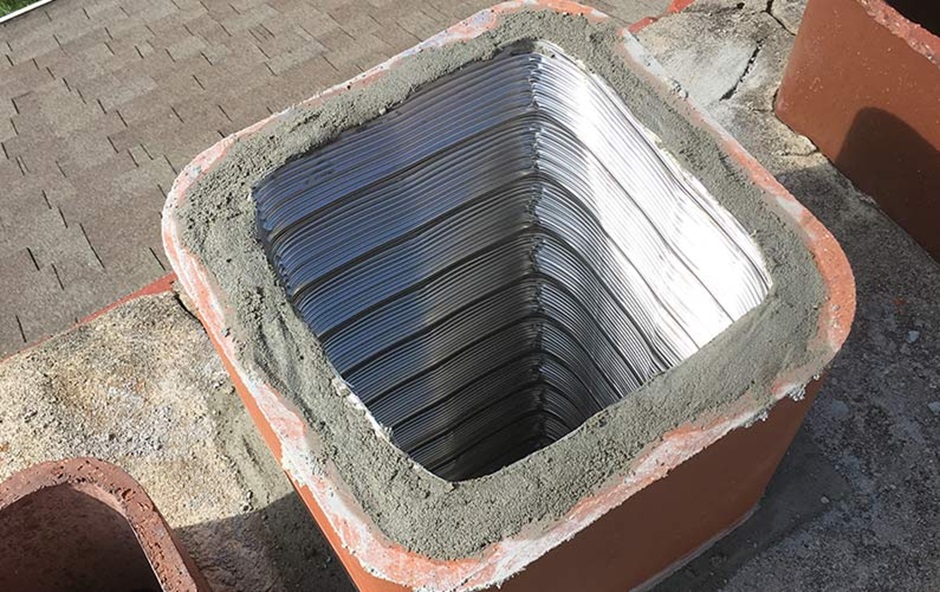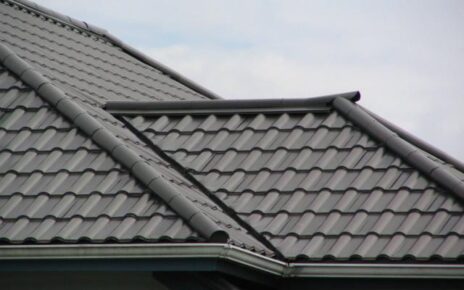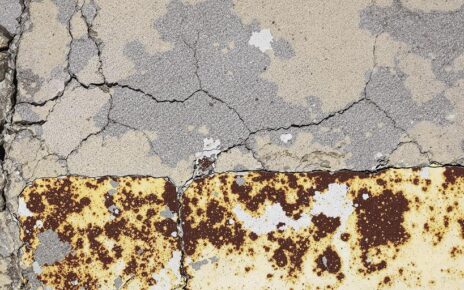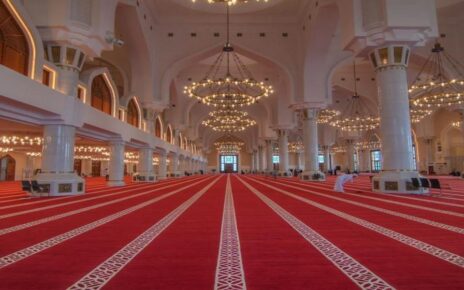Maintaining the integrity of both flat roofs and chimney systems is crucial for ensuring the longevity and safety of residential and commercial properties. Regular maintenance of these components not only prevents costly repairs but also enhances overall building performance. This article delves into the importance of flat roof maintenance and chimney system relining, offering insights into best practices and the benefits of proactive care.
Flat Roofs: Essential Maintenance for Longevity
Flat roofs, while popular for their modern aesthetic and space efficiency, require diligent upkeep to prevent issues such as leaks, structural damage, and energy inefficiency. Unlike pitched roofs, flat roofs are more susceptible to pooling water and debris accumulation, which can accelerate wear and tear. Here are some key maintenance practices to ensure the durability of flat roofs:
Regular Inspections
Routine inspections are critical for identifying potential problems before they escalate. Property owners should schedule professional inspections at least twice a year—ideally in the spring and fall—to assess the condition of the roof. Inspections should include checking for signs of wear, such as cracks, blisters, and membrane deterioration.
Clearing Debris
Debris such as leaves, branches, and dirt can obstruct drainage systems and lead to water pooling on flat roofs. Regularly clearing debris is essential to maintain proper water flow and prevent excessive strain on the roofing materials. Additionally, ensuring that gutters and downspouts are free of blockages will help direct water away from the roof and foundation.
Addressing Leaks Promptly
Leaks are a common issue with flat roofs and can result from various factors, including damaged seams, punctures, or compromised flashing. Promptly addressing leaks is crucial to prevent water damage to the building’s interior and structural elements. Temporary fixes, such as roofing patches, should be replaced with permanent solutions as soon as possible.
Checking Flashing and Sealants
Flashing around roof penetrations, such as vents and skylights, is particularly vulnerable to deterioration. Regularly inspect flashing and sealants for signs of wear or failure. Replacing damaged flashing and resealing joints can prevent leaks and extend the roof’s lifespan.
Professional Maintenance Services
Engaging professional roofing services for routine maintenance and repairs ensures that work is conducted to industry standards. Experienced contractors can provide comprehensive inspections, identify underlying issues, and perform necessary repairs with high-quality materials.
Chimney System Reline: Enhancing Safety and Efficiency
Chimney System Reline is an essential maintenance practice that ensures the safe and efficient operation of a chimney. Over time, the chimney liner can degrade due to exposure to high temperatures, corrosive byproducts, and general wear. A well-maintained chimney liner enhances safety by preventing hazardous gases from entering the living space and improves the overall efficiency of the chimney system. Here’s why chimney system relining is important:
Preventing Chimney Fires
A deteriorated chimney liner can lead to dangerous chimney fires. The liner’s primary function is to contain the high temperatures and corrosive byproducts of combustion. When the liner is compromised, these byproducts can come into direct contact with the chimney walls, increasing the risk of a fire. Relining the chimney ensures that it meets safety standards and significantly reduces the risk of fires.
Enhancing Energy Efficiency
A properly installed chimney liner improves the efficiency of the heating system by facilitating optimal draft and reducing heat loss. This can lead to lower energy bills and improved heating performance. For older chimneys with outdated liners, relining can bring the system up to current efficiency standards.
Compliance with Building Codes
Building codes and regulations often require chimney liners to meet specific standards. A professional chimney inspection can determine whether the existing liner complies with current codes. If not, relining the chimney ensures that the system adheres to legal requirements, protecting property owners from potential liability.
Improving Home Safety
Beyond preventing fires, a functional chimney liner protects occupants from harmful gases such as carbon monoxide. Properly lined chimneys ensure that these gases are safely vented outside, reducing the risk of exposure to dangerous fumes.
Extending the Lifespan of the Chimney
Chimney relining can extend the overall lifespan of the chimney system. By reinforcing the liner, property owners can prevent further damage and avoid more extensive repairs in the future. This proactive approach helps maintain the chimney’s structural integrity and performance.
Conclusion
Ensuring the durability of flat roofs and chimney systems through regular maintenance and timely relining is essential for safeguarding property and enhancing overall building performance. By adopting proactive maintenance practices for flat roofs and investing in chimney system relining, property owners can prevent costly repairs, improve safety, and ensure the longevity of their building components. Engaging with experienced professionals for inspections and maintenance will provide peace of mind and contribute to the long-term success of property management.





